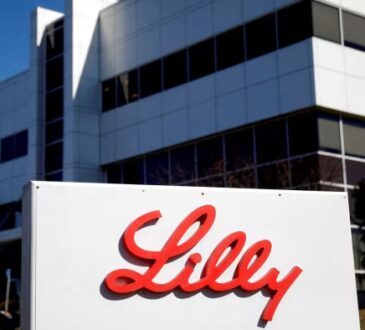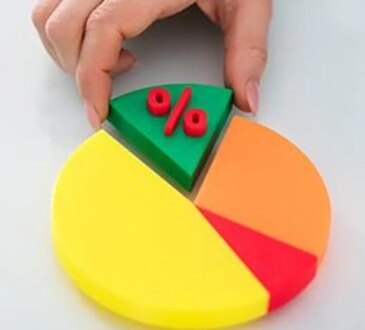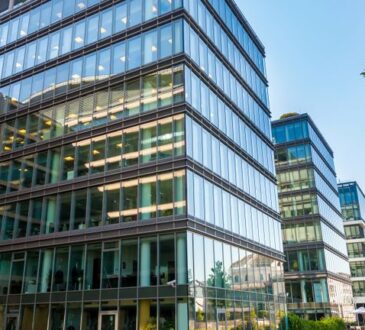Powell tells GlobeSt.com that both domestic and foreign investors are searching for deals that “pencil”—that is, transactions that can withstand the scrutiny of investment committees in today’s volatile environment. Recent trade policy changes have amplified uncertainty, particularly for development projects, as fluctuating costs for materials and labor make it difficult for investors to commit to new ventures. “These trade policy changes have made the market more uncertain for development deals in particular, you know, uncertainty around costs for materials and labor, they’ve resulted in clients not wanting to risk new investment that may not match their underwriting,” Powell explains.
Non-U.S. investors, he says, face their unique pressures within their jurisdictions, but as a group, they have found fewer opportunities that meet their criteria so far this year. This hesitancy mirrors a broader slowdown across the market, driven by a mix of elevated interest rates, the lingering effects of tariffs on pricing, and a general sense of macroeconomic uncertainty. The specter of a potential recession—looming larger now than it did at the start of 2025—has only added to the cautious mood.
Despite these headwinds, international capital is not retreating. “The global real estate investor is the ones that we talk to our institution clients, they continue to view the US as the preferred market for real estate investment, for global capital, and for them, it’s really just a matter of finding the right projects or the right deals wish to invest,” Powell says. Many are simply waiting for the right moment, hoping that moderating interest rates and an improving economy will unlock pent-up demand and bring sidelined capital back into play.
For now, the deals that are getting done involve experienced, name-brand sponsors with proven track records. Joint ventures remain a favored structure, as they allow international investors to partner with established players who have weathered past market cycles. “It’s easier to originate a deal in the joint venture with that name brand sponsor who’s proven success in markets like these, than it is to originate a deal with a first time joint venture partner market like this,” Powell observes.
Flexibility is also key. Rather than acquiring entire assets outright, many institutional investors are deploying capital in more creative ways—providing rescue capital, preferred equity, or stepping in as lenders to finance assets that need the right leverage. The most active players are those who can analyze the capital stack and identify the optimal entry point, adapting to the shifting dynamics of the market.
Geographically, the flow of international capital into U.S. real estate remains diverse. Canadian investors continue to be active, while significant funds are also coming from Asia—particularly Japan—and the Middle East, including Bahrain, Kuwait, and increasingly Saudi Arabia. European investors, with Germany at the forefront, are also maintaining their interest in U.S. opportunities.
One trend that has only strengthened since the pandemic is the focus on the Sun Belt. “Rent growth, population growth and other demographic factors continue to make the Sunbelt in the United States an attractive geographic area for investors to invest in,” Powell says. However, he cautions that not all Sun Belt markets are equal; investors are now conducting more granular, market-by-market analyses to identify the best opportunities.
When it comes to asset classes, office properties remain the most challenging, with little new development and ongoing adaptation to changing work patterns. Multifamily assets, particularly in high-growth Sun Belt cities like Phoenix, Dallas, and Atlanta, continue to attract interest due to strong population growth and demand. The brightest spot, however, is in data centers. “The demand for Data Center continues to accumulate investment despite the uncertainty around development causes,” Powell notes, highlighting their resilience and appeal in the current environment.
Despite disappointment over the slower pace of activity in early 2025, Powell emphasizes that institutional investors remain patient. Having weathered several years of uneven market cycles, they are not panicked, but rather prepared to wait for the right opportunities and entry points to emerge.
For now, the consensus among international investors is to proceed with caution, but not to withdraw. The U.S. market remains the global benchmark for real estate investment, and while the timing of a full rebound is uncertain, the appetite for quality deals is as strong as ever.




